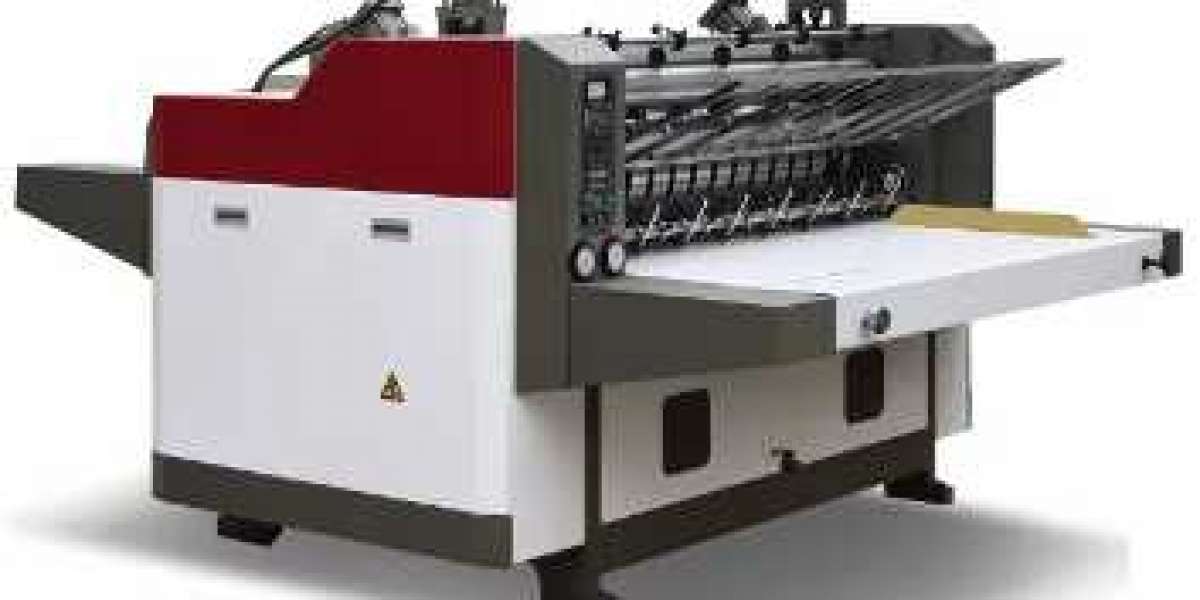A laminating machine is a device that uses an adhesive to bond the printed matter and the film together to form aesthetic protection. Today, the printing equipment manufacturer ROYAL came to talk about some common sense issues of laminating machines. Interested partners may wish to take three minutes to visit with me!
Introduction of Laminator
Laminators can be divided into two categories: ready-to-coat laminators and pre-coated laminators. It is special equipment used for paper, board, and film lamination. After being pressed by a rubber roller and a heating roller, it is combined to form a paper-plastic product. The main purpose of lamination is to protect the surface of raw materials. There are single-sided and double-sided laminations, mainly for paper and plastic films.
Laminator classification
Laminators are mainly divided into two types: instant coating laminators and pre-coating laminators. Next, the laminator company ROYAL will introduce detailed information about these two laminators in detail.
Ready-to-coat laminating machine
That is, the film coating machine is divided into two types: automatic and semi-automatic, and their basic working principles are the same. The process flow of the instant coating laminator mainly includes: unwinding - gluing coating - drying - printing input - compounding - slitting - finished product recovery and accumulation. The methods of gluing and coating are: roller reverse type, concave type, direct type with scraper, and roller extrusion without a scraper.

Pre-coating laminating machine
The pre-coating laminating machine is special equipment for laminating the printed matter and the pre-coated plastic film together. The main components of the pre-coating laminating machine are four parts: film unwinding, automatic input of printed matter, hot pressing and laminating, and automatic winding. Compared with the ready-to-coat laminator, the pre-coating laminator does not require adhesive coating and drying parts, so it has a compact structure, small volume, low cost, easy operation, and can be used and turned on, and the production flexibility is large. efficient. Process flow of pre-coating machine: temperature adjustment - winding - paper feeding - heating - compounding - slitting - automatic stacking - finished product.
Laminator Troubleshooting
1. The laminating machine does not start when it is turned on: the input wire is blocked, the power cord is reversed, and the voltage is not enough.
2. Inaccurate temperature measurement: Check whether the thermocouple of the laminator and the temperature controller is installed incorrectly and damaged.
3. The working vacuum does not come up: the reason for this phenomenon in the laminating machine is generally that the air path is blocked, the hand valve or solenoid valve is not closed, the vacuum pump motor belt is loose, and the vacuum gauge is damaged.
4. The main power switch trips: The reason for the tripping of the main power switch of the laminator is generally the leakage of the input wire on the top of the heating box, the leakage of the distribution box, the external wire on the equipment, the leakage of the motor, etc.
5. The film suction of the laminator is not in place: the vacuum degree is not enough, the air leakage, the temperature is not enough, the film is too thin, the workpiece is pasted with other materials, the concave depth of the workpiece exceeds the pulling of the film, the suction time of the laminator is too short, and the film is too thin. There is no lift, the workpiece distance is too close.
6. The surface of the workpiece covered by the laminator is folded and not smooth or the corners cannot be wrapped: the film is not straightened, the film quality is not good, the workpiece is not polished well, and the glue is sprayed too much, and the touch panel under the workpiece is too low.
The above is all the content brought to you by ROYAL, the manufacturer of laminators today. I hope this article can help you understand the common classification of laminators, as well as the common faults of laminators, and help you make better use of laminators. More laminator information is continuously updated, see you in the next issue.








